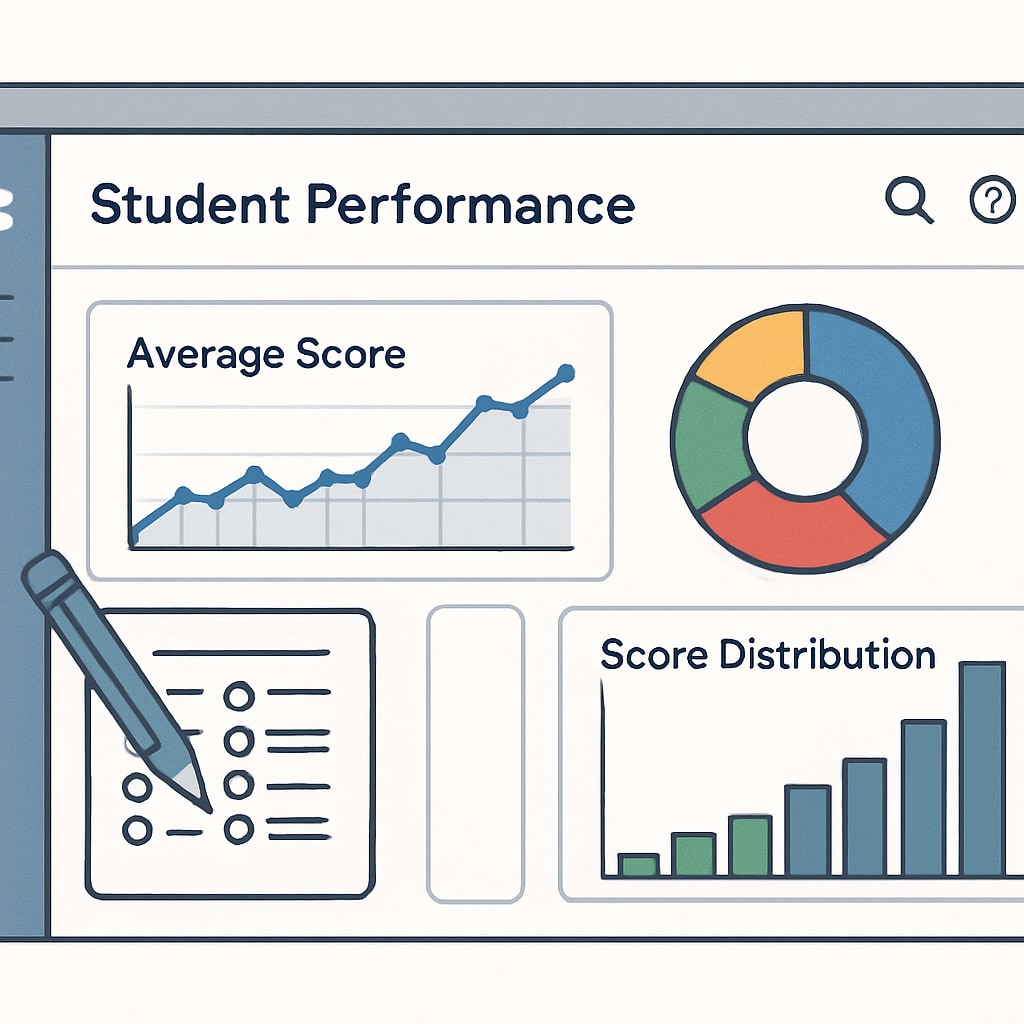In the realm of K12 education, finding high-quality test resources tailored to students’ needs is critical for teachers and schools. Effective assessment tools not only evaluate learning outcomes but also foster holistic development in young learners. This article delves into the significance of these resources and provides actionable insights for educators seeking to enhance their methods for assessing progress and supporting student growth.
Why Test Resources Are Vital in K12 Education
Reliable test resources play a pivotal role in determining whether students grasp key concepts, meet curriculum standards, and develop critical thinking skills. Without proper tools, educators may struggle to identify gaps in knowledge or adjust their teaching strategies effectively. Here are some compelling reasons why high-quality test resources are essential:
- Accurate Measurement of Progress: They offer a clear picture of students’ academic achievements.
- Targeted Interventions: Results can highlight areas requiring additional support or enrichment.
- Promoting Equity: Well-designed tools ensure fair assessments for diverse learners.

Key Features to Look for in Test Resources
Choosing the best test resources for K12 students requires careful attention to several features. Educators should look for tools that are:
- Aligned with Curriculum Standards: Resources should match the educational objectives and content of your school or region.
- Accessible and Inclusive: Ensure they accommodate students with varying abilities and learning styles.
- Engaging and Interactive: Tools that incorporate gamification or multimedia elements can motivate students.
- Data-Driven Insights: Choose platforms that provide detailed analytics to help educators tailor lesson plans.
For example, tools like Britannica’s educational resources offer comprehensive materials aligned with academic standards.
Best Practices for Implementing Test Resources
Even the most effective tools require the right implementation strategies to maximize their impact. Here are some practical tips:
- Customize Assessments: Tailor tests to suit the unique needs of your class or individual students.
- Integrate Technology: Leverage online platforms for streamlined testing and feedback.
- Encourage Self-Assessment: Foster student autonomy by introducing quizzes that allow learners to evaluate their own progress.
- Continuous Feedback: Provide timely and constructive feedback to guide improvement.
To explore how modern technology supports education, visit Wikipedia’s educational technology page.

In conclusion, selecting and utilizing the right test resources are essential steps toward empowering K12 students. By focusing on accurate assessments and engaging tools, educators can create a robust framework for academic success and personal development.
Readability guidance: Use concise paragraphs and lists to enhance clarity. Incorporate transition words such as “however,” “therefore,” and “as a result” to ensure smooth flow. Balance active voice with occasional passive constructions for variety.


